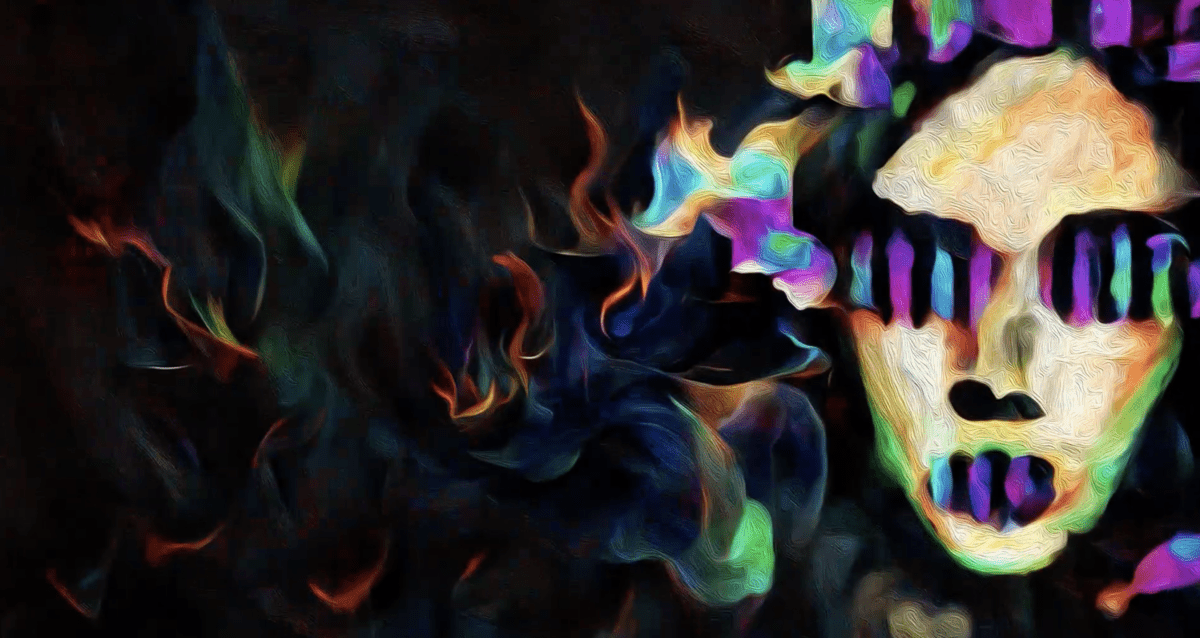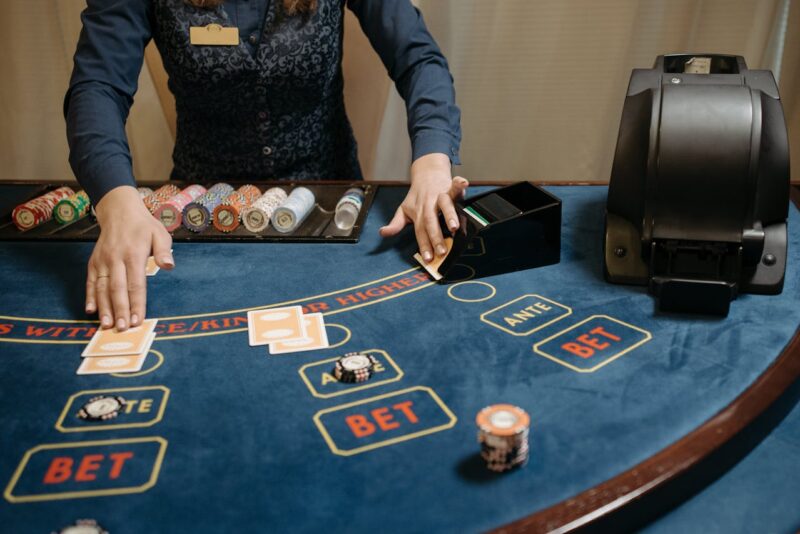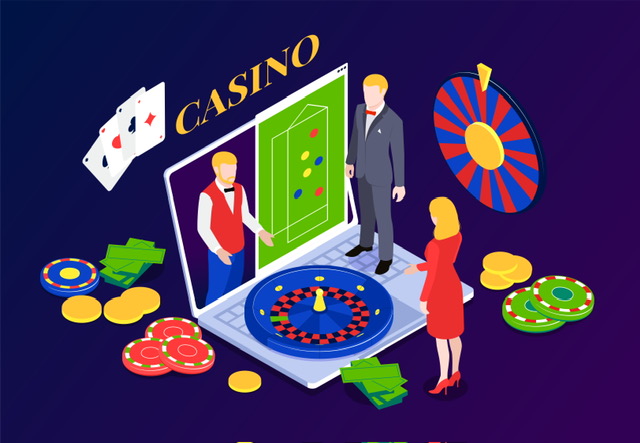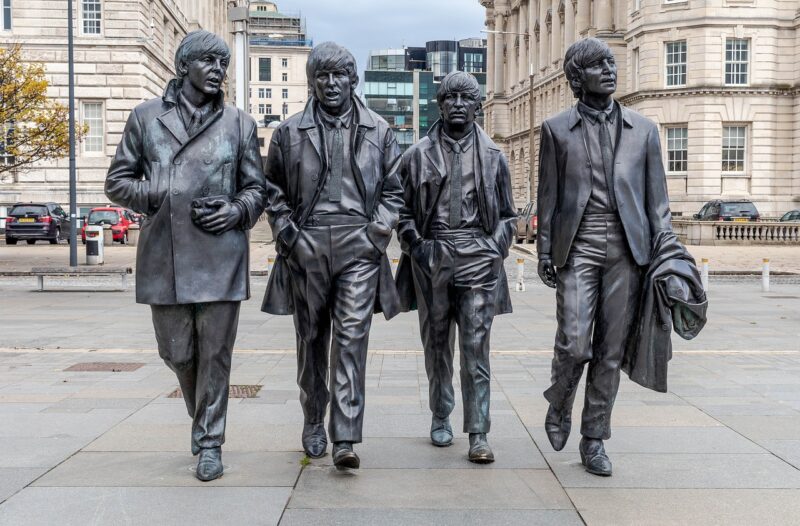
Gaming has always been popular, but right now, it is one of the largest entertainment forms in the world. Every year, the game-build environments become more comprehensive, and there are more options for artists than ever before.
For those who love to play games, breaking into the gaming industry is a dream – and one that could become a reality. What truly makes a game spectacular comes down to the visuals, and each of those visuals has been thought up, sketched, and then created by a gaming artist.
Many elements are created by a gaming artist, including (but not limited to) concept art, character models, environments, miscellaneous items (rocks, flowers, bags, tools, and weapons), and sprites. Game artists will work with writers and designers to bring that world to life.
Why should you consider a career as a gaming artist?
The gaming market is expected to reach a market worth 546.99 billion by the end of 2030 (GlobalNewswire), and there are around 3.09 billion gamers globally (Exploding Topics). With that expected growth, there are going to be more game companies than ever, and that means more careers for those who want to break into the industry.
It can be tough to choose a career path, but if you have a love of gaming and some natural talent for storytelling and art, then the chances are you should be considering this as a path for you.
Something to keep in mind is that creating and producing games for consoles, PC, or even an online casino, is a team effort. The team will consist of game writers, multiple artists, coders, producers, and developers, plus you’ll be accountable to stakeholders in some cases too.
Your work will be highly scrutinized, and feedback will be given; you might need to work longer than average hours when it comes to deadline time, and there could be a tight turnaround on edits and concept boards and more.
How can you become a gaming artist?
A passion for gaming is a great start, but there are some practical elements that you’ll need to factor in.
Draw, and then draw some more.
People who have a passion for drawing are likely to spend most of their spare time creating, and that is a good thing. It means you will be constantly working on your skills. However, even with natural talent and vision, it is a good idea to get some formal training. The formal training can help with technique, confidence and help with some of the tools that you’ll be using.
Even short courses can give you a lot of information, and if there is certification at the end of it – even better.
Software
The software can be a personal choice; you’ll get on with some and not with others. Luckily there are plenty of high-quality free software options. Here are some of the software that you can use for free to increase your experience creating work digitally:
- Krita
- Vectr
- Blender (3D modeling)
- Autodesk TinkerCAD (3D modeling)
- GIMP
- Inkscape
- GraphicsGale
- LOSPEC Pixel Editor
Depending on the style of art that you produce or that you would like to create for games will change the software you should be using. For example, retro style games 8/16-bit, you’d want to use GraphicsGale, but for the watercolor environment and ‘painting,’ Krita would be better.
Type of artist
Finding your own style is vital, as is considering what types of games you’d like to be a part of creating. Here are some of the positions for game artists:
- UX/ User Interface Artist
- FX Animator
- Character Artist or Animator
- Concept Artist
- Environment Artist
Eventually, with some years of experience, there are senior and director roles within these, and there are more than just these positions. The ones listed above are just the most common.
Personal Online Presence
One thing that almost all artists have in common, and something you will have come across, is that nearly all artists will have some social media profiles and an online portfolio.
These social media profiles allow people who also create to find your work and support you. You can build a supportive community by supporting them back. An online presence can be beneficial for showing your work because you can share more information about each piece in captions.
Keeping everything well-maintained, updated, and engaging is crucial because you never know who will browse the work. This is also the best way to build a network of people in the industry, those who are in the middle of creating and those looking for commissionable artists.
Small projects
Join online communities of gamer developers who are looking for artists to work on smaller projects with them and start getting some experience. Often these aren’t well paid (if paid at all), but they can be highly valuable for experience and portfolio.
A passion for gaming is the underpinning thing for everything that follows in the lead-up to breaking into the industry.









